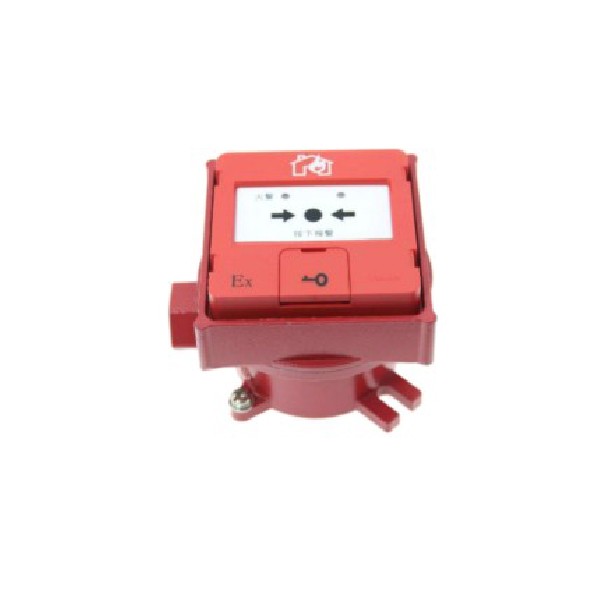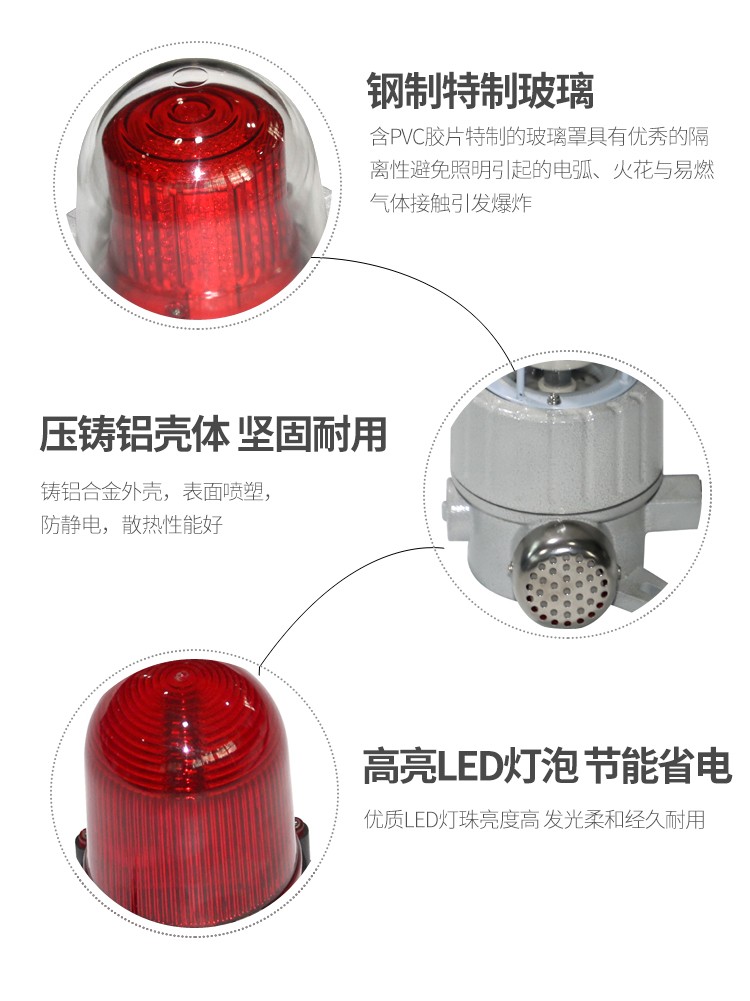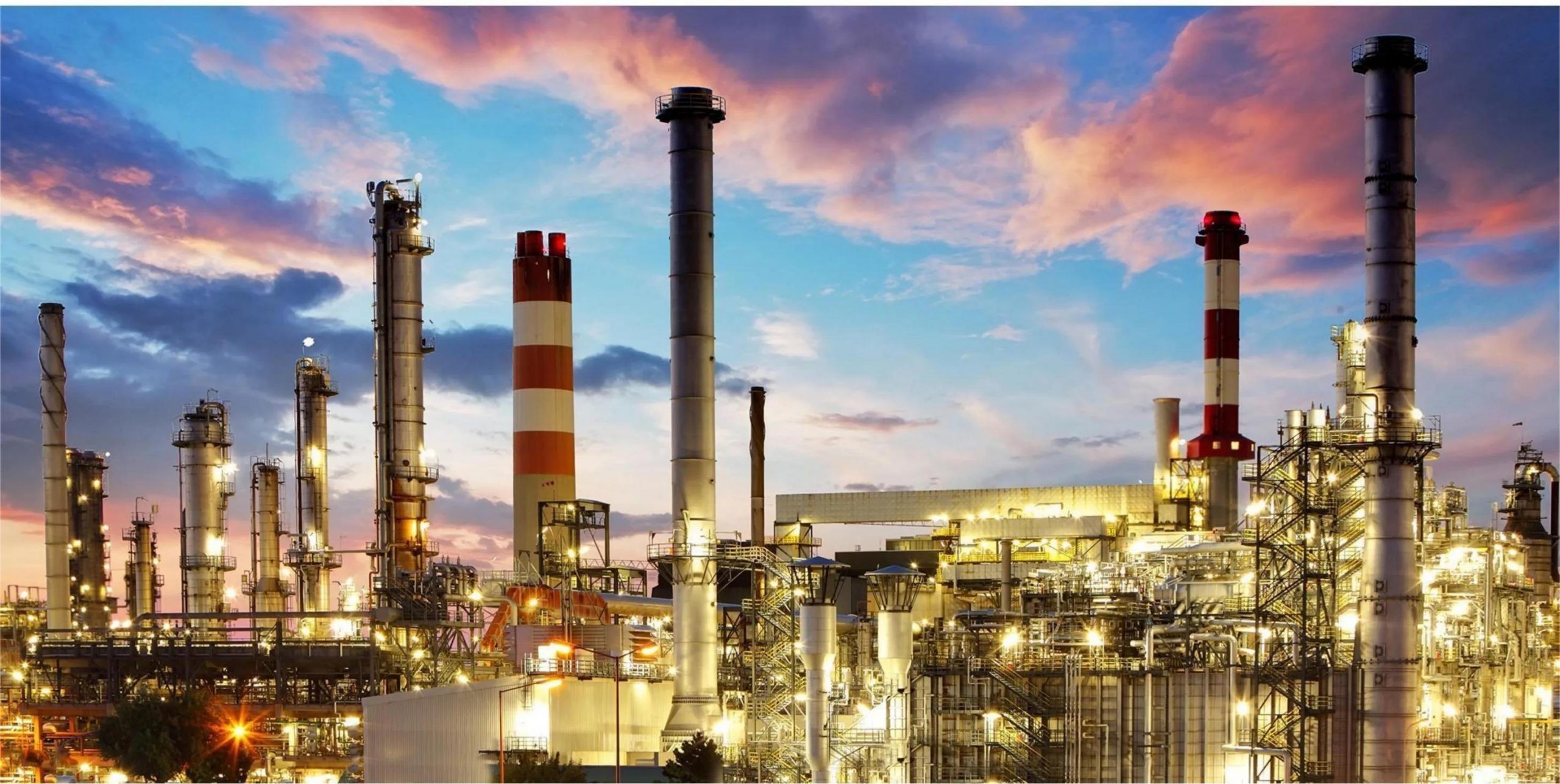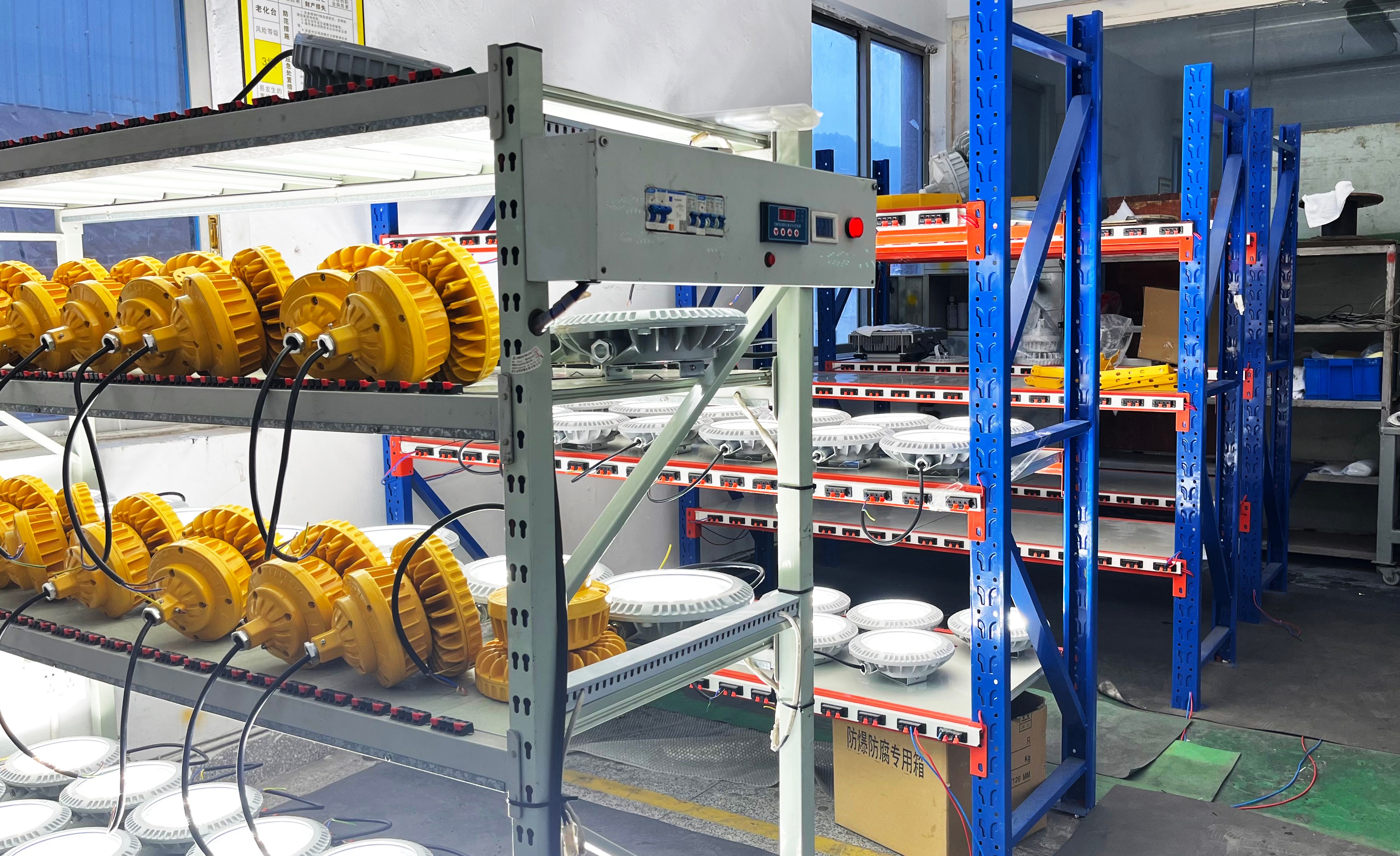Introduction

In industries where flammable gases, vapors, or dust are present, understanding hazardous area zones is crucial for ensuring safety and compliance. The classification of these areas into specific zones—Zone 0, Zone 1, and Zone 2—helps organizations identify the level of risk and implement appropriate explosion protection measures. This introduction will explore the significance of these classifications and provide an overview of two key players in the field: ADCO and Jinrong.
Understanding Hazardous Area Zones
Hazardous area zones are defined based on the likelihood of explosive atmospheres occurring in a given location. Specifically, what is the hazardous area classification zone 0, 1, and 2? Zone 0 refers to areas where explosive atmospheres are continuously present; Zone 1 indicates areas where such atmospheres are likely to occur during normal operations; while Zone 2 is where they are not likely to occur but may do so under abnormal conditions. Understanding these distinctions helps businesses recognize potential risks associated with different environments.
Importance of Explosion Protection
The importance of explosion protection cannot be overstated in settings classified as hazardous areas. When asking what is Zone 0 Zone 1 and Zone 2?, one must consider that each zone presents unique challenges that require tailored protective measures to prevent catastrophic incidents. Implementing robust explosion-proof classifications ensures that equipment can safely operate within these environments while minimizing risks to personnel and property.
Overview of ADCO and Jinrong
ADCO and Jinrong have established themselves as leaders in providing solutions for hazardous area classifications across various industries. Both companies focus on developing innovative products designed specifically for Class 1 zone 1 hazardous areas and Class 2 hazardous area classifications alike. Their commitment to safety not only enhances operational efficiency but also fosters a culture of awareness regarding the differences between division and zone ratings among industry professionals.
What is Hazardous Area Classification?

Understanding hazardous area classification is crucial for industries that deal with flammable substances. This classification helps in identifying areas where explosive atmospheres may occur, ensuring that appropriate safety measures are implemented. Knowing what constitutes a hazardous area can significantly reduce the risk of accidents and enhance workplace safety.
Definition of Hazardous Areas
Hazardous areas are locations where the presence of flammable gases, vapors, dusts, or fibers could potentially lead to an explosion or fire. These areas are classified based on the likelihood and duration of an explosive atmosphere being present. For instance, in the context of oil and gas operations like those at ADNOC, understanding what is the hazardous area classification zone 0, 1, and 2 is essential for maintaining operational safety.
Classifications Explained
Hazardous areas are typically classified into zones based on their risk levels: Zone 0, Zone 1, and Zone 2. Zone 0 refers to areas where explosive atmospheres are continuously present; Zone 1 indicates places where such atmospheres may occur during normal operation; while Zone 2 represents locations where they are unlikely to occur but may do so under abnormal conditions. Understanding these distinctions is vital for industries asking questions like What is Zone 0 Zone 1 and Zone 2? as it informs them about necessary precautions.
The classifications also extend to Class ratings which further define the nature of hazards involved—Class I pertains to flammable gases or vapors while Class II covers combustible dusts. Thus, knowing What is a Class 1 zone 1 hazardous area? helps organizations implement adequate protective measures tailored to specific risks.
Importance of Compliance
Compliance with hazardous area classifications not only ensures legal adherence but also promotes safety within industrial environments. Organizations must be aware of relevant standards and regulations that dictate how equipment should be designed and installed in these zones to mitigate risks effectively. The differences between Division and Zone ratings must also be understood; while Division ratings focus more on physical separation from hazards, zone ratings provide a more precise approach tailored for specific atmospheric conditions.
In summary, recognizing the importance of compliance in hazardous area classifications can prevent catastrophic incidents while fostering a culture of safety awareness among employees.
Diving into Zone 0, 1, and 2

Understanding the hazardous area classification zones is crucial for ensuring safety in environments where flammable gases or dust may be present. The classifications—Zone 0, Zone 1, and Zone 2—are part of a systematic approach to identifying and mitigating explosion risks. For instance, the question What is the hazardous area classification zone 0, 1, and 2 ADCO? highlights the importance of these distinctions in various industries.
What is the hazardous area classification zone 0, 1, and 2 ADCO?
In essence, hazardous areas are classified based on the frequency and duration of the presence of explosive atmospheres. Zone 0 refers to locations where flammable gases or vapors are continuously present or present for long periods; this is a serious environment demanding stringent safety measures. Meanwhile, Zone 1 encompasses areas where explosive atmospheres are likely to occur under normal operating conditions; it’s a step down in risk but still requires careful planning.
Zone 2 includes places where an explosive atmosphere is not expected to occur during normal operations but may happen occasionally; while it's less risky than Zones 0 and 1, caution should still be exercised. Understanding these classifications helps businesses comply with regulations like those from ADCO (Abu Dhabi Company for Onshore Oil Operations) that dictate how equipment should be designed and maintained in these zones. So when asking What is Zone 0 Zone 1 and Zone 2?, it’s essential to grasp their implications on safety protocols.
Differences Between Zones
The differences between Zones lie primarily in their risk levels related to explosive atmospheres. In Zone 0, flammable substances are always present; therefore, only explosion-proof equipment can be used here without compromising safety standards. Conversely, in Zone 1, while there’s a likelihood of an explosive atmosphere occurring during normal operations—like during maintenance or repair—the risks can often be mitigated with appropriate precautions.
Zone 2 presents a different scenario: while it allows for more flexibility regarding equipment types due to its lower risk profile compared to Zones 0 and 1, it still necessitates that all installations comply with relevant explosion-proof classifications. This leads us into another discussion about what constitutes Class ratings—specifically What is a Class 1 zone 1 hazardous area? which involves understanding how these classes further categorize hazards based on gas groups.
Additionally, “What is a Class II hazardous area classification?” refers specifically to environments containing combustible dusts rather than gases; this adds another layer of complexity when discussing differences between division and zone ratings as they apply across various sectors.
Risks Associated with Each Zone
Each hazardous area zone presents unique risks that must be addressed through tailored protection measures. In Zone Zero environments where explosive mixtures are ever-present (think oil refineries), even minor sparks can lead to catastrophic events if not properly managed with specialized equipment designed for such conditions. This underscores why understanding hazards like “What is the hazardous area classification zone zero?” becomes vital for operational safety.
In contrast, while Zones One and Two also carry risks—such as potential ignition sources from machinery—their occurrences might not be as frequent or severe as those found in Zone Zero situations; however they still warrant serious attention from operators who need to ensure compliance with industry standards regarding explosion proof classifications.
Ultimately recognizing these risks enables organizations not only to protect their employees but also safeguard assets against costly downtime caused by explosions or fires stemming from inadequate hazard management practices across all zones involved—from Class I through Class II classifications.
Explosion Protection Measures

In industries where hazardous materials are present, explosion protection measures are crucial for ensuring safety and compliance. Understanding the differences between hazardous area zones—specifically Zone 0, Zone 1, and Zone 2—is essential for implementing effective strategies. This section will explore key protection techniques, the role of Ex-proof equipment, and the importance of training and awareness in mitigating risks associated with these zones.
Key Protection Techniques
When dealing with what is a Class 1 zone 1 hazardous area or any hazardous area classification, several key protection techniques come into play. Techniques such as intrinsic safety, explosion containment, and purging systems help to minimize the risks associated with flammable gases or dusts in these environments. By employing these methods effectively, companies can significantly reduce the likelihood of explosions in Zone 0, Zone 1, and Zone 2 areas.
Moreover, understanding what is Zone 0 Zone 1 and Zone 2 helps organizations select appropriate protection techniques tailored to specific hazards. For instance, while intrinsic safety may be ideal for a Class 1 zone setting where flammable gases are present continuously (like in oil refineries), other techniques may be more suitable for intermittent exposure found in a Class 2 hazardous area classification involving combustible dusts. The successful implementation of these key techniques is paramount to safeguarding personnel and assets alike.
Role of Ex-Proof Equipment
Ex-proof equipment plays an indispensable role in ensuring safety within hazardous areas classified under various zones. Designed specifically to withstand explosive atmospheres without igniting them, this equipment meets stringent standards that align with regulations governing hazardous area classifications like those outlined by ADCO (Abu Dhabi Company for Onshore Oil Operations). Knowing how to choose the right Ex-proof equipment can make all the difference between a safe work environment and a catastrophic incident.
When considering what is the hazardous area classification zone 0, 1, and 2 ADCO outlines specific requirements that must be met by Ex-proof devices deployed within each zone. For example, equipment used in Zone 0 must be capable of operating safely even when exposed to explosive gases continuously—making it imperative that organizations invest wisely in high-quality products designed for such conditions. The right Ex-proof solutions not only comply with industry standards but also enhance operational efficiency by minimizing downtime due to potential hazards.
Importance of Training and Awareness
While having robust explosion protection measures is vital, they won’t mean much without proper training and awareness among employees working within hazardous areas. Understanding how different zones operate—what is a Class 2 hazardous area classification versus others—and recognizing potential risks are essential components of any safety program focused on preventing explosions or accidents in environments classified as Zones 0 through Zone 2.
Training sessions should cover topics like distinguishing between Division ratings versus Zone ratings while also emphasizing practical knowledge about handling Ex-proof equipment correctly—after all; even the best gear won’t protect you if misused! Regular drills that simulate emergency scenarios can further reinforce this knowledge among workers so they know exactly how to react when faced with real-life situations involving explosive atmospheres.
In conclusion, comprehensive training combined with effective protection techniques forms an integral part of maintaining safety within Hazardous Area Zones at all times—an investment every organization should prioritize!
The Impact of Regulations on Industry

In the realm of hazardous area classifications, regulations play a pivotal role in ensuring safety and compliance. With the potential for explosive atmospheres in environments classified as Zone 0, Zone 1, and Zone 2, adherence to these regulations is crucial for protecting both personnel and equipment. Understanding how these regulations shape industry practices helps organizations navigate the complexities of explosion-proof classifications.
Key Safety Regulations Overview
Key safety regulations provide a framework for understanding what constitutes a hazardous area classification zone 0, 1, and 2 ADCO. These regulations outline specific requirements that businesses must follow to mitigate risks associated with flammable substances in their operations. For example, Class 1 Zone 1 hazardous areas are defined by the presence of flammable gases or vapors under normal operating conditions, necessitating stringent safety measures.
Compliance with these safety regulations not only protects workers but also enhances operational efficiency by minimizing downtime caused by accidents or equipment failures. Failure to adhere to these standards can lead to severe penalties and reputational damage for companies involved in industries that operate within hazardous area zones. Thus, staying informed about key safety regulations is essential for any organization working in potentially explosive environments.
The Role of Standards Organizations
Standards organizations play a crucial role in developing guidelines that govern what is Zone 0 Zone 1 and Zone 2 classifications across various industries. These organizations work collaboratively with industry experts to establish benchmarks that ensure uniformity in explosion protection measures worldwide. By setting clear definitions and requirements regarding hazardous area zones, they help businesses understand the differences between division and zone ratings.
Moreover, standards organizations frequently update their guidelines based on new research findings and technological advancements. This dynamic approach ensures that industries remain equipped with the latest information needed to maintain safe working environments amidst evolving challenges. In essence, these organizations serve as guardians of safety standards, fostering an environment where compliance translates into reliability.
Importance of Certifications
Certifications are vital indicators of compliance with established safety standards within hazardous areas such as Class 2 hazardous area classifications. They assure stakeholders that products meet rigorous testing criteria designed specifically for explosion-proof classification applications—including equipment used in Zones 0 through 2. Companies seeking certifications demonstrate their commitment to maintaining high safety levels while also gaining a competitive edge in the market.
Furthermore, certifications simplify procurement processes by providing buyers confidence that certified products will perform reliably under expected conditions—ultimately reducing liability risks associated with workplace incidents involving explosive atmospheres. For manufacturers like Jinrong specializing in Ex-Proof equipment, obtaining relevant certifications not only validates product quality but also enhances trust among distributors and end-users alike.
In conclusion, understanding the impact of regulations on industry practices is essential when navigating hazardous area classifications like those defined by ADCO's Zones 0-2 framework—especially considering how closely intertwined regulation compliance is with effective explosion protection strategies.
Jinrong’s Contributions to Safety

Jinrong has established itself as a key player in the realm of explosion protection, particularly in hazardous area zones. With a rich history in Ex-proof manufacturing, the company has continuously innovated to meet the evolving needs of industries operating in potentially explosive environments. Their commitment to safety and quality ensures that they remain at the forefront of this critical sector.
History of Jinrong in Ex-Proof Manufacturing
Founded over two decades ago, Jinrong began its journey with a clear mission: to provide reliable explosion-proof solutions for hazardous areas. The company quickly recognized the importance of understanding hazardous area classifications, such as Zone 0, Zone 1, and Zone 2, which are critical for ensuring safety in environments where flammable gases or dust may be present. Over the years, Jinrong has developed a comprehensive understanding of what constitutes Class 1 Zone 1 hazardous areas and Class 2 hazardous area classifications, allowing them to tailor their products effectively.
The company's dedication to research and development has led to significant advancements in explosion proof classification technology. By focusing on compliance with international standards and regulations, Jinrong has built a reputation for producing equipment that not only meets but often exceeds industry expectations. This emphasis on quality and safety has solidified their position as leaders in Ex-proof manufacturing.
Product Range and Offerings
Jinrong offers an extensive range of products designed specifically for hazardous area zones. Their portfolio includes lighting solutions, control systems, enclosures, and various other equipment designed for use in environments classified under Division or Zone ratings—ensuring optimal performance while minimizing risks associated with flammable materials. Each product is engineered with rigorous attention to detail to comply with relevant safety regulations.
Among their offerings are advanced lighting fixtures suitable for Zone 0, Zone 1, and Zone 2 applications—each tailored to mitigate risks unique to those classifications. Additionally, their control systems are equipped with state-of-the-art technology that ensures safe operation even under extreme conditions typically found within Class 1 or Class 2 hazardous areas. This diverse product range empowers industries across multiple sectors—from oil and gas to chemical processing—to operate safely without compromising efficiency.
Success Stories from Distributors
Jinrong's success is not just measured by sales figures; it's also reflected through numerous success stories shared by distributors worldwide. One notable example involves a major oil refinery that implemented Jinrong's explosion-proof lighting solutions across its facilities classified under different hazardous area zones including Zones 0 through 2 ADCO standards. The result was an impressive reduction in workplace accidents related to inadequate lighting—a testament to the effectiveness of their products.
Another success story comes from a chemical plant where Jinrong's innovative control systems were installed after identifying potential hazards associated with volatile substances present within Class 1 zone ratings. The plant reported enhanced operational safety along with increased productivity due to reduced downtime from safety incidents—a win-win situation! These stories highlight how Jinrong’s contributions extend beyond mere compliance; they actively enhance workplace safety across various industries dealing with hazardous materials.
Conclusion

In wrapping up our exploration of hazardous area classifications, it’s essential to understand the distinctions between Zone 0, Zone 1, and Zone 2. These classifications play a critical role in ensuring safety in environments where flammable gases or vapors may be present. By recognizing what is a Class 1 zone 1 hazardous area and how it differs from Class 2 hazardous area classification, industries can better prepare themselves for potential risks.
Recap of Hazardous Area Classifications
Hazardous area zones are categorized based on the likelihood of explosive atmospheres occurring. Specifically, Zone 0 indicates an environment where explosive gas mixtures are continuously present, while Zone 1 signifies that such conditions are likely to occur under normal operating conditions. Conversely, Zone 2 is designated for areas where explosive atmospheres are not expected to occur frequently but may arise in rare situations—understanding these differences is crucial for effective risk management.
The Need for Robust Protection Solutions
With the increasing complexities of industrial operations and the presence of hazardous materials, robust protection solutions have become non-negotiable. The implementation of explosion-proof classifications ensures that equipment can withstand potential ignition sources in these hazardous areas. Moreover, ongoing training and awareness initiatives help personnel recognize the significance of adhering to safety protocols within these zones—after all, knowledge is power when it comes to protecting lives and assets.
Future Trends in Explosion Protection
As we look ahead, future trends in explosion protection will likely focus on enhanced technology integration and smarter safety systems tailored for hazardous environments. Innovations such as IoT devices may allow real-time monitoring of conditions within Zones 0, 1, and 2 ADCO setups—providing valuable data that can prevent accidents before they occur. Furthermore, as regulations evolve alongside technological advancements, industries must stay informed about compliance requirements related to both Division and Zone ratings to ensure maximum safety.

